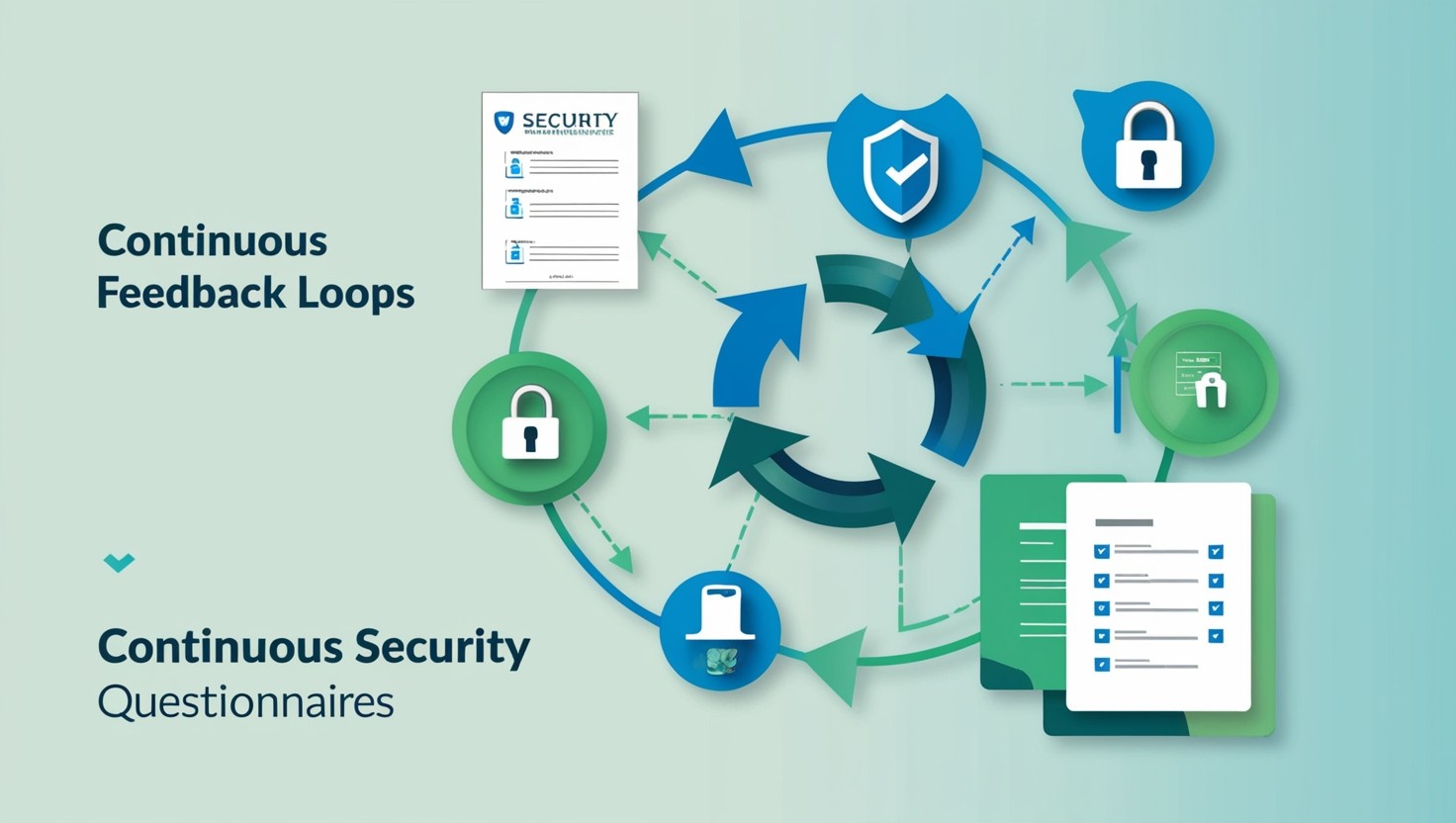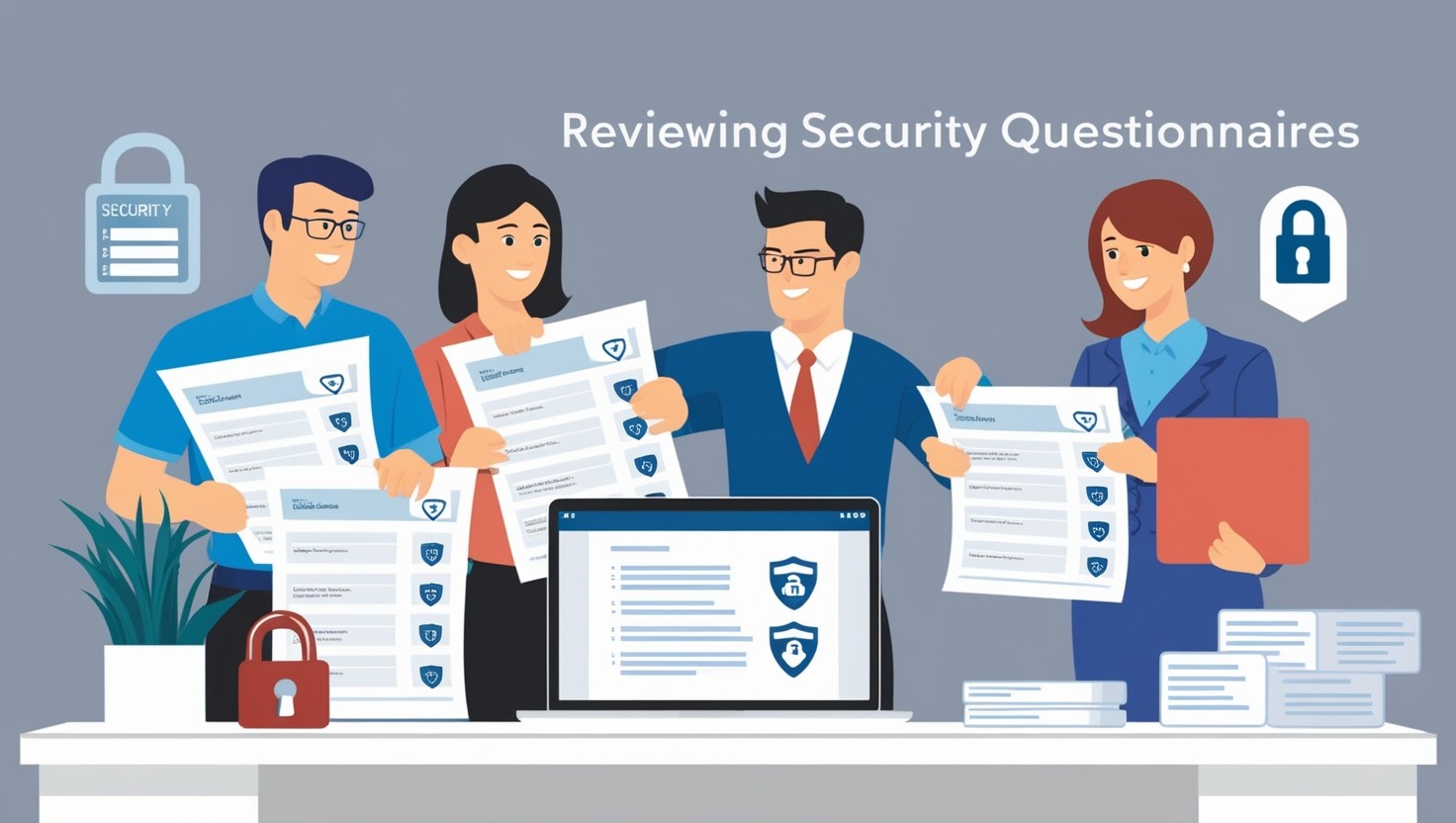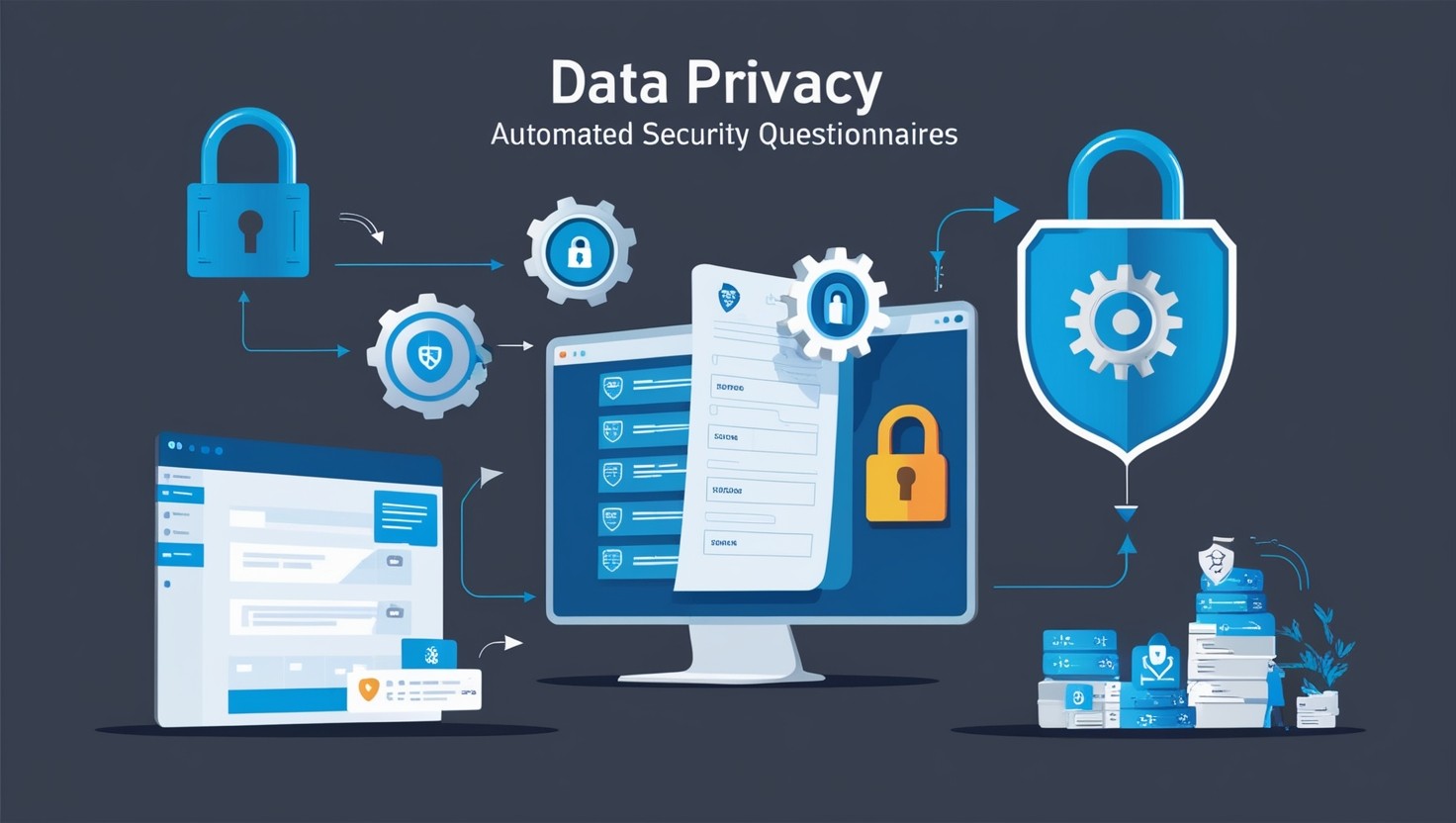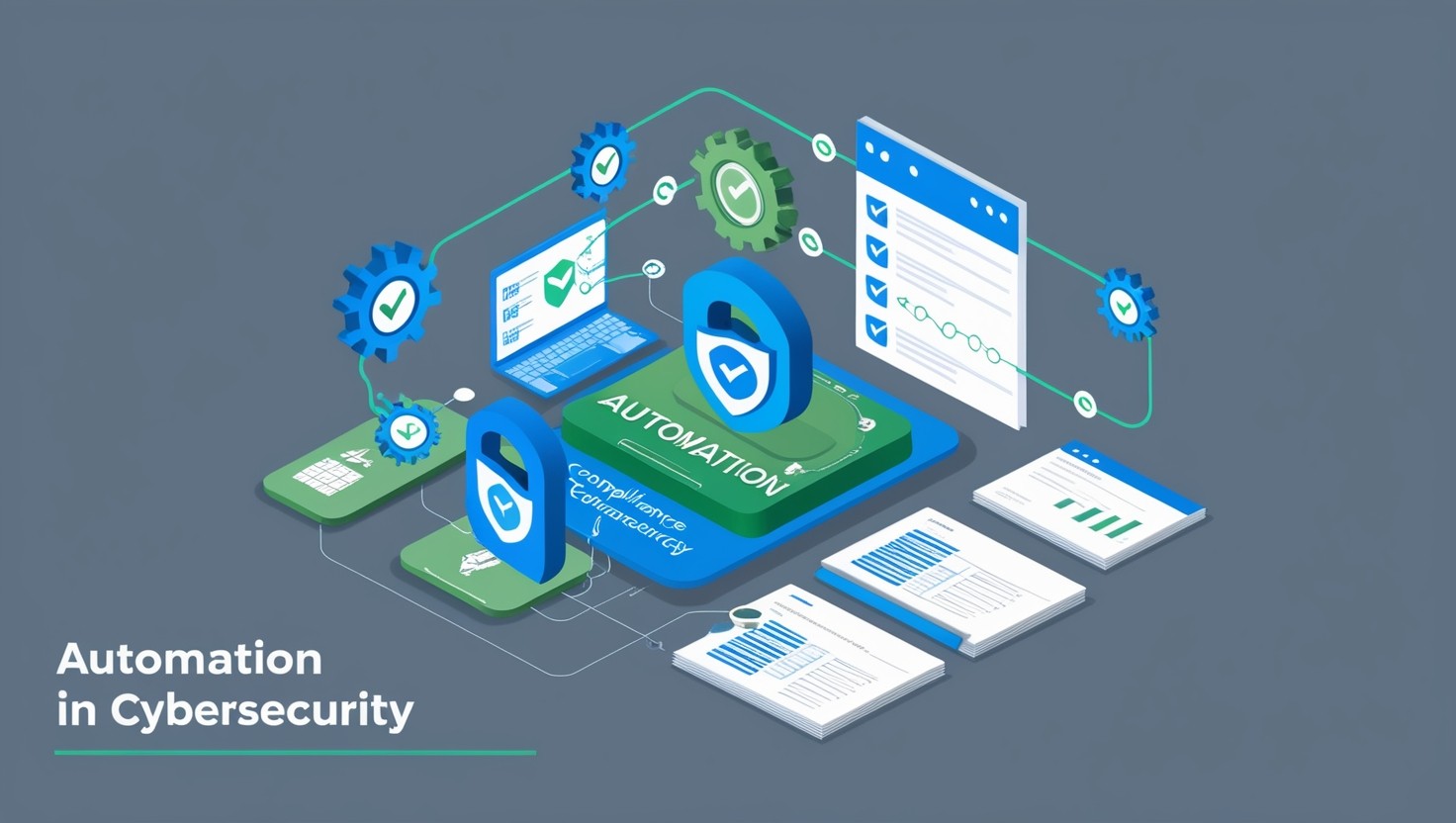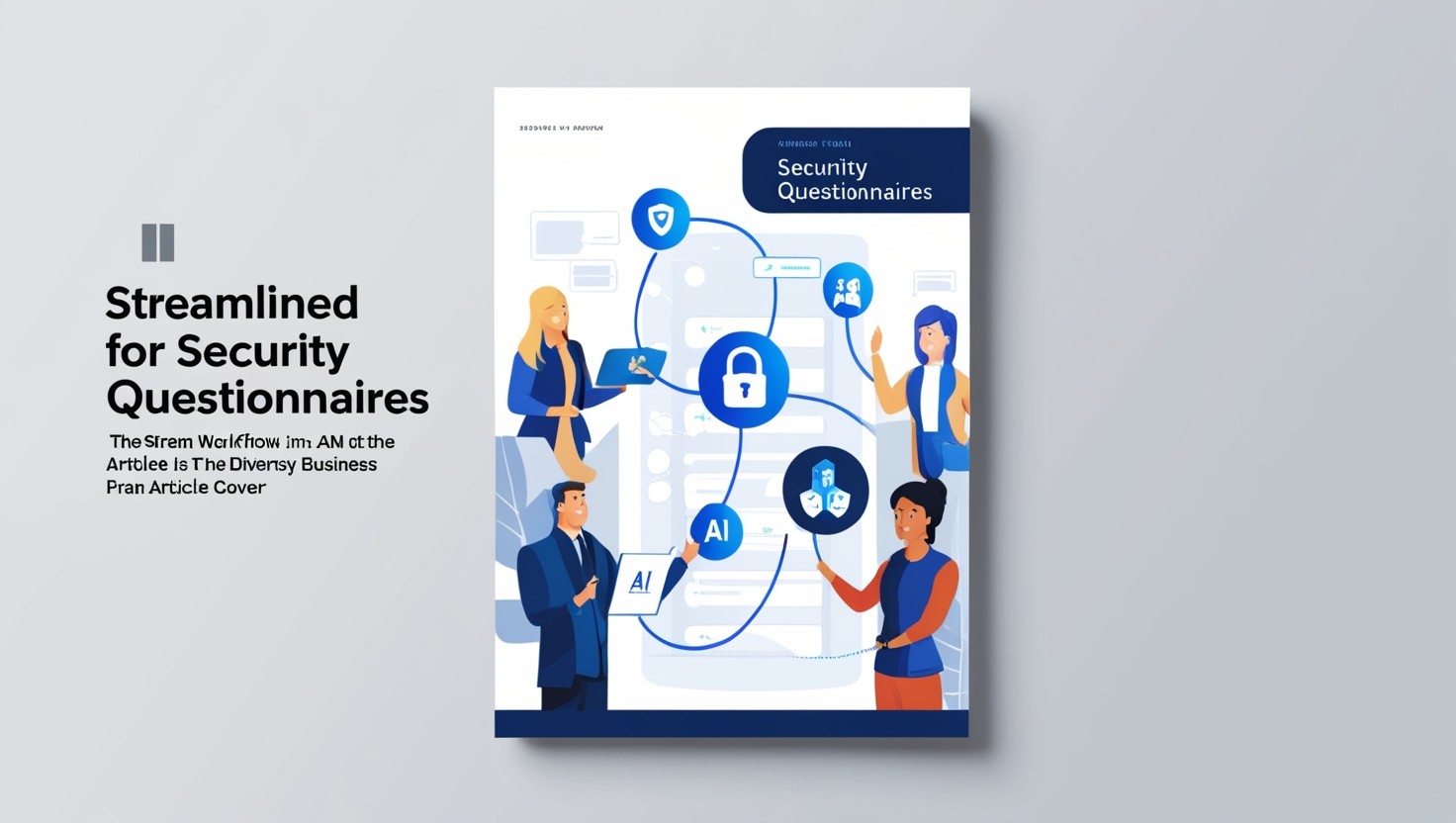Real-world examples of companies making security questionnaires easier
Share This Article

Understanding Security Questionnaires
Purpose and Importance
Security questionnaires are pivotal in evaluating the security and privacy measures implemented by vendors. These structured lists of questions are sent from clients to vendors to ensure compliance with industry-relevant regulatory frameworks (OneTrust). They streamline data gathering processes, offering a snapshot of the vendors' policies, procedures, and overall security posture.
The primary purposes of security questionnaires include:
Assessing Vendor Risk: Identifying potential weaknesses in third-party vendors that could lead to data breaches.
Compliance Verification: Ensuring that vendors comply with necessary regulations.
Building Trust: Establishing confidence between business partners by showcasing robust security controls.
While they may not capture every detail about a vendor, these questionnaires provide substantial insights into a vendor's security policies and documented procedures (HyperComply).
Types of Questionnaires
There are various types of security questionnaires, often encompassing extensive queries to gauge different security aspects. The number of questions can range from 50 to 400, covering areas such as security policies, procedures, physical security, regulatory compliance, and certifications (Carbide Secure).
Below is a summary of common types:
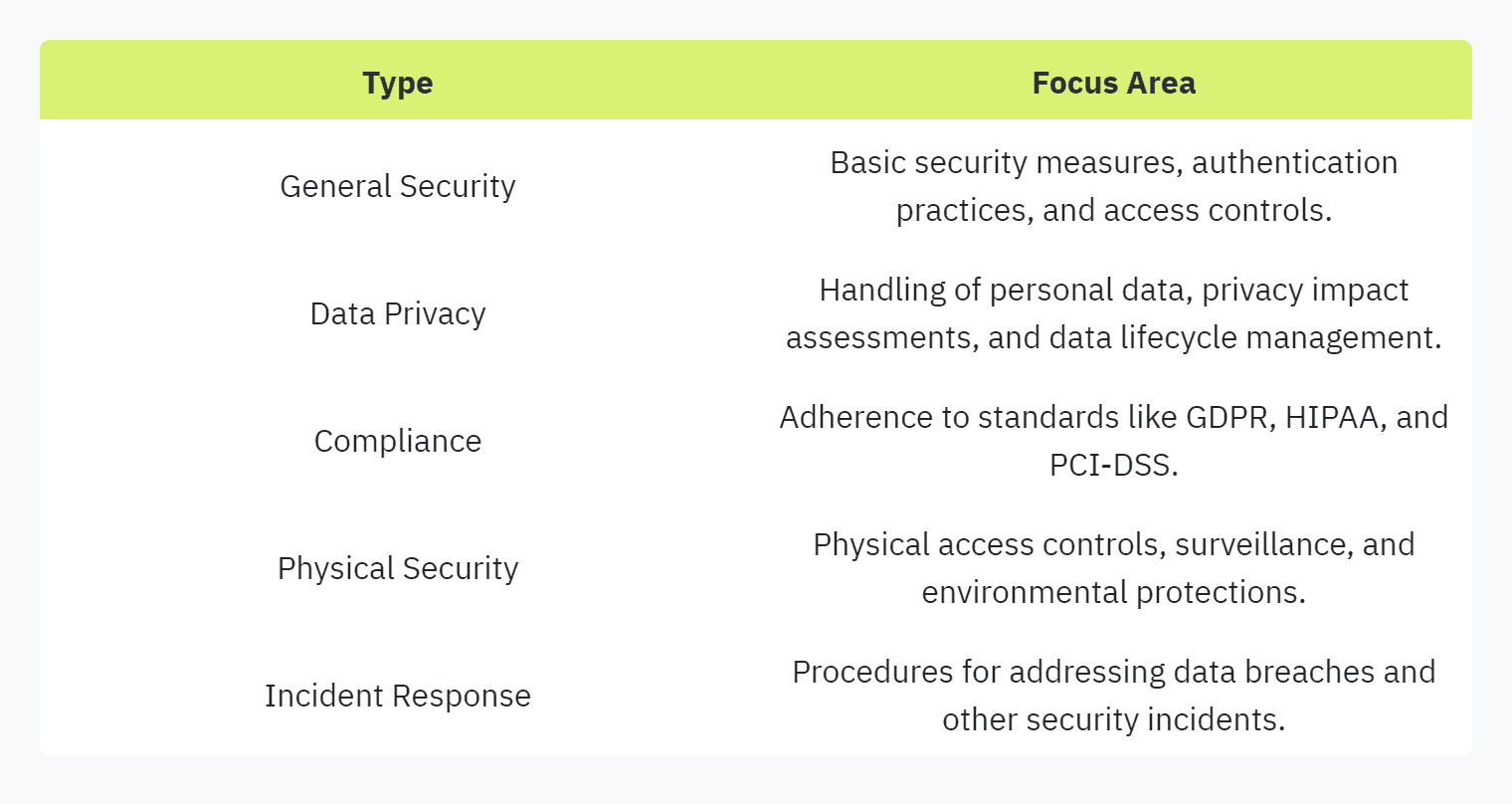
Each type aims to provide a comprehensive view of the vendor's security framework, which aids the questioning organization in identifying potential vulnerabilities and areas for improvement (SafeBase).
For more on streamlining the questionnaire process, see automating security questionnaires and streamlining security questionnaires.
Manual vs Automated Responses
Understanding the differences between manual and automated responses for security questionnaires is essential for optimizing efficiency and accuracy. Below, we examine the challenges of manual responses and the benefits of incorporating automation.
Challenges of Manual Responses
Security questionnaires are often elaborate and time-consuming, presenting several challenges when handled manually:
Labor-Intensive: Responding manually requires considerable human effort and resources, leading to high overhead costs.
Human Error: Manual processes are prone to inconsistencies and inaccuracies, which can compromise the quality of the responses.
Slow Response Times: The time taken to complete and review questionnaires manually can delay important business processes, affecting vendor onboarding and compliance timelines (Security Pal HQ).
Difficulty in Consistency: Ensuring that responses are consistent across multiple questionnaires is challenging without a centralized system.
Resource Allocation: Skilled personnel are often required to complete these questionnaires, diverting them from other critical security tasks.
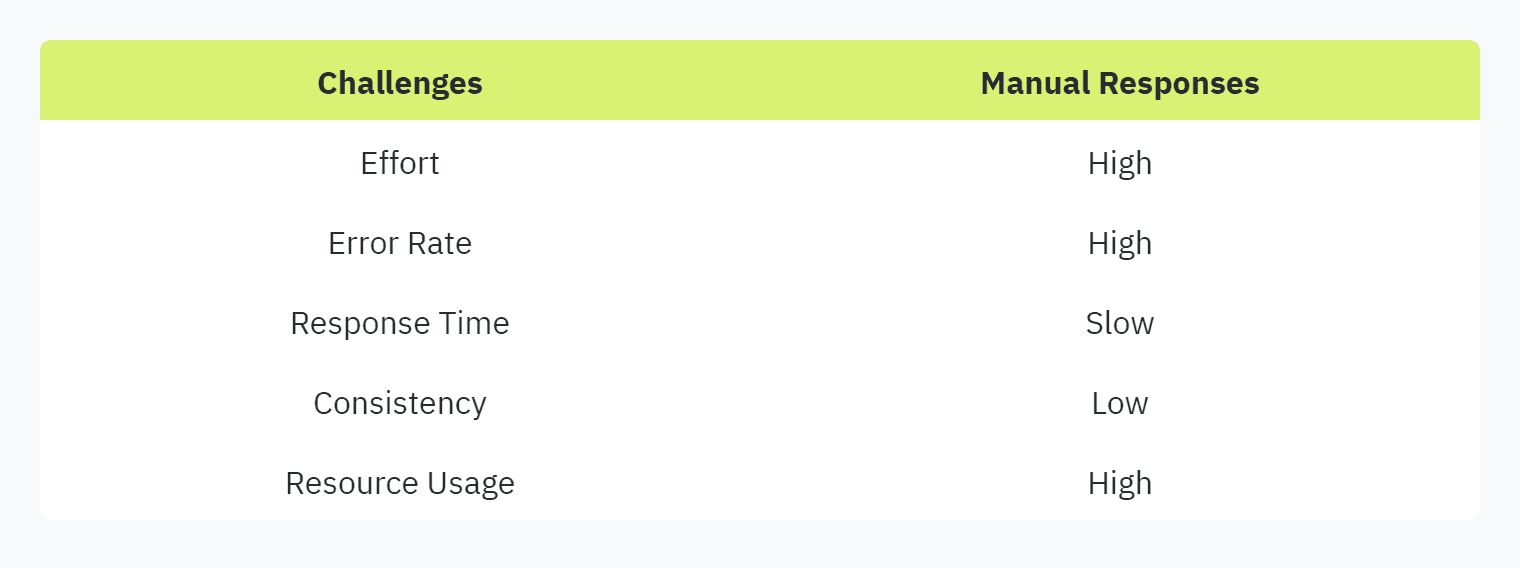
For more insights into common frustrations with manual security questionnaires, you can visit our page on [common frustrations with security questionnaires].
Benefits of Automation
Automating the response process for security questionnaires yields several benefits, transforming how organizations manage these tasks:
Efficiency: Automation significantly reduces the time and effort required to complete security questionnaires, ultimately speeding up compliance and vendor onboarding processes.
Accuracy: Utilizing AI-powered tools ensures that responses are precise and consistent, minimizing the risk of human error and enhancing the reliability of the answers provided.
Scalability: Automated systems can handle multiple questionnaires simultaneously, supporting organizations as they scale and manage numerous vendor assessments.
Consistency: Automation tools maintain a central repository of responses and documentation, ensuring consistency across different questionnaires.
Resource Optimization: Automation frees up skilled personnel to focus on other critical security tasks, optimizing resource allocation within the organization.
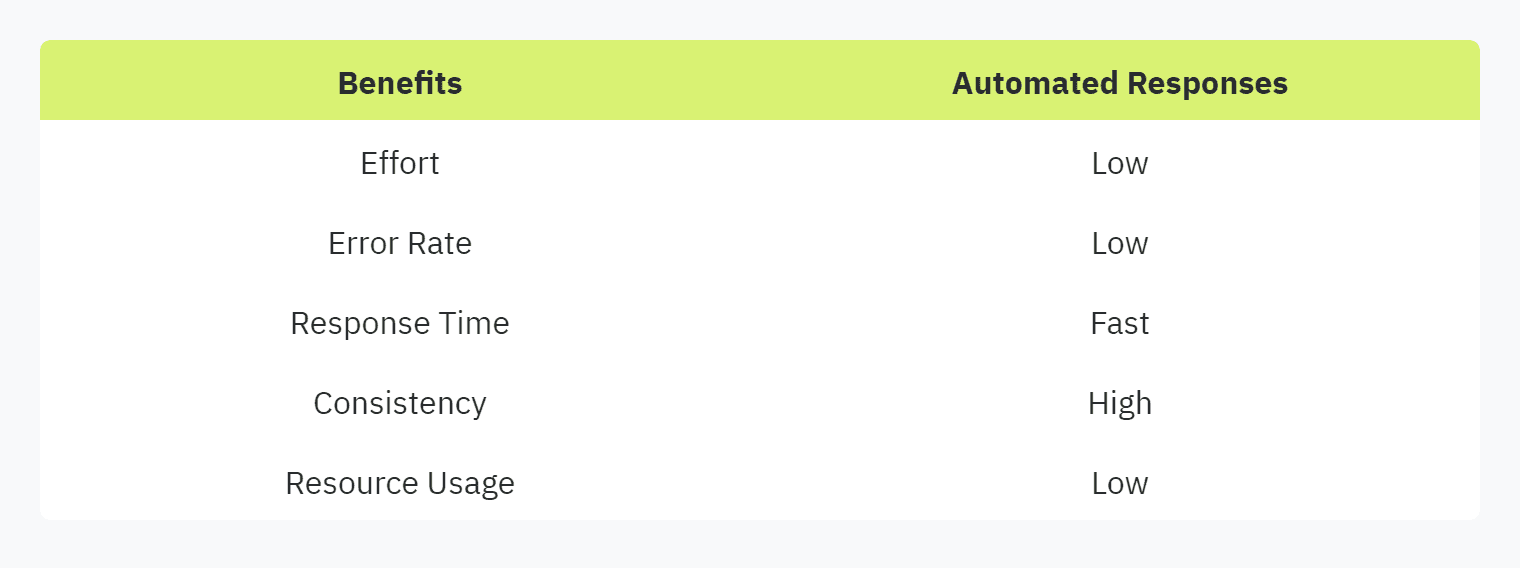
For a detailed guide on automating security questionnaires, refer to our [guide to automating security questionnaires].
In summary, transitioning from manual to automated responses for security questionnaires not only enhances efficiency and accuracy but also empowers organizations to proactively manage compliance and security risks. Explore our sections on [streamlining security questionnaires] and [tools to simplify security questionnaires] for further insights.
Streamlining Questionnaire Processes
Simplifying the process of responding to security questionnaires is essential for maintaining efficiency and ensuring compliance. Here, we discuss three effective approaches: a proactive compliance approach, collaborative platforms, and AI-powered tools.
Proactive Compliance Approach
Taking a proactive stance on compliance can significantly streamline the process of completing security questionnaires. By having all necessary documentation and evidence of security controls readily available, organizations can support their responses with accurate and thorough information. This approach requires coordination among key stakeholders from various departments to ensure that responses are validated with internal sources.
Regular Audits: Conducting internal audits to maintain up-to-date records.
Standardized Documentation: Creating templates for repeated use.
Training Sessions: Educating staff on compliance requirements and procedures.
These steps can help in providing concise, clear, and detailed responses to security questionnaires.
Collaborative Platforms
Collaborative platforms offer a centralized solution for managing security questionnaires. These platforms enable different teams to work together seamlessly, ensuring accuracy and consistency in responses while reducing the time spent on repetitive tasks.

Collaborative platforms enhance communication, streamline workflows, and ensure that all necessary resources are accessible to all team members.
AI-Powered Tools
Utilizing AI-powered tools transforms the way organizations handle security questionnaires. These tools reduce human error, accelerate response times, and provide precise and consistent answers (Security Pal HQ). AI can handle multiple questions simultaneously and ensure up-to-date responses, while improving overall efficiency and customer satisfaction.
One notable tool is OneTrust's Questionnaire Response Automation, which uses technologies like Natural Language Processing (NLP), Machine Learning (ML), and OneTrust Athena™ AI to automatically match responses to incoming questionnaires (OneTrust).

These AI-driven solutions not only save time but also enhance the reliability of the responses provided, making them an invaluable asset for security and compliance officers.
Implementing a combination of proactive compliance measures, collaborative platforms, and AI-powered tools can greatly improve the efficiency of responding to security questionnaires. For further insights on automating this process, visit our articles on automating security questionnaires and tools to simplify security questionnaires.
Case Studies on Security Questionnaires
Examining real-world examples helps to understand the impact of automated security questionnaires on compliance and efficiency. Below are detailed case studies from various industries.
SecurityPal Customer Data
SecurityPal has significantly streamlined the processes of numerous customers by reducing the complexity of security questionnaires. According to Security Pal HQ, their tools have enabled companies to automate their responses, minimizing manual effort and decreasing completion times. This has positively impacted compliance and overall efficiency in data security management.
Success Stories with Automation
Several companies have benefited immensely from automating their security questionnaires:
Large Financial Institution: After implementing an AI-driven security questionnaire automation tool, they reduced the average completion time by 60%, accelerating vendor onboarding and meeting regulatory requirements such as GDPR and SOC 2. (Arphie)
SaaS Company: By automating the security questionnaire process, they saved over 1,000 hours annually. This allowed their IT and security teams to focus on high-value projects, improving client satisfaction due to faster submission turnarounds. (Arphie)
Healthcare Provider: Automation reduced the time required to complete each questionnaire by half. Additionally, automation minimized the risk of human error, ensuring accurate and compliant questionnaire submissions. (Arphie)
Global Technology Company: They used an automated tool to streamline vendor assessments, reducing the completion time by 40%. Customizing responses based on regional regulations improved compliance and enabled faster global partnerships. (Arphie)
Impact on Compliance and Efficiency
The impact of automation on compliance and efficiency is evident across various industry sectors. Here's a summary table of the reported improvements:
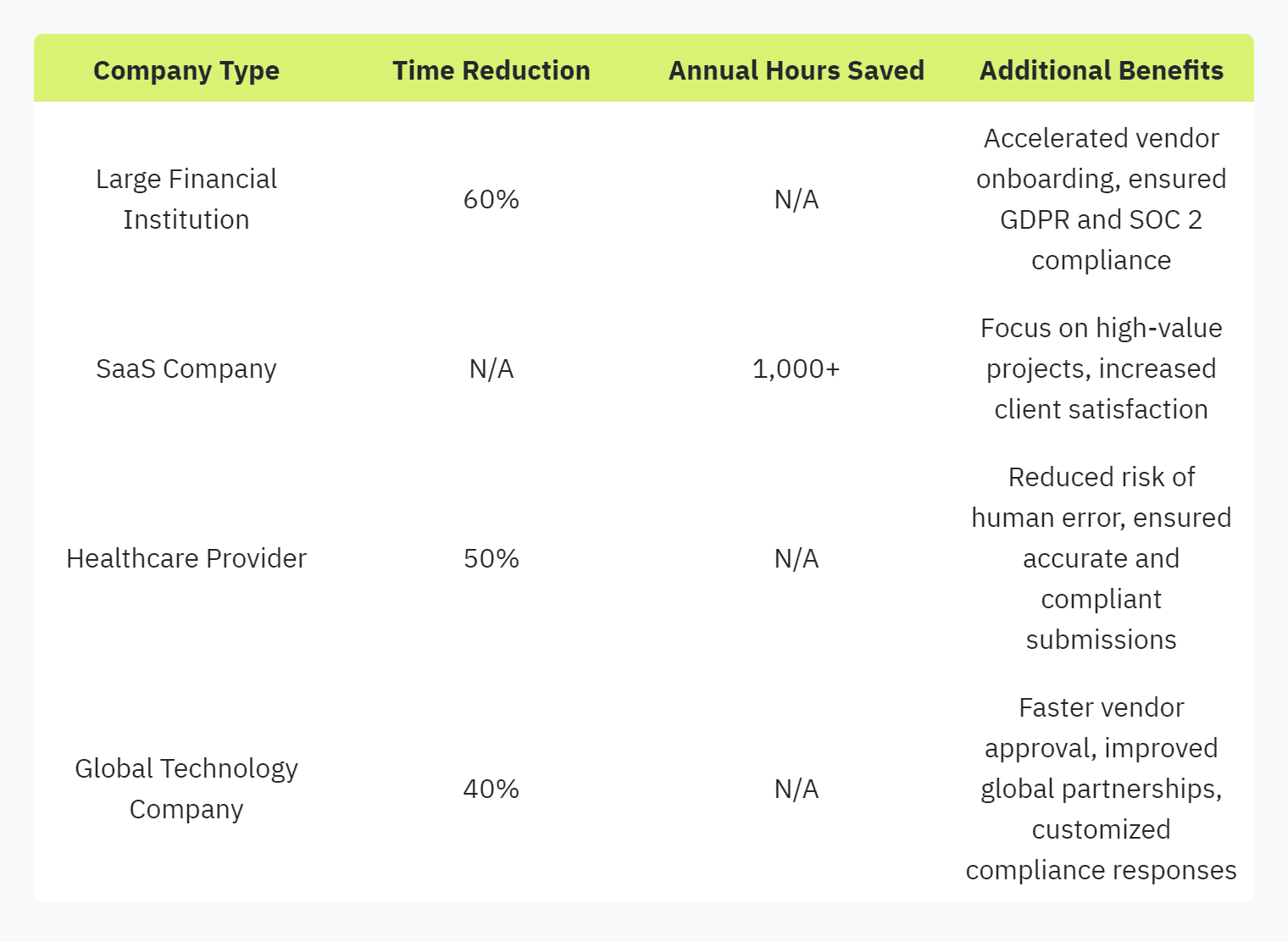
Automating security questionnaires has proven to accelerate processes, reduce manual errors, ensure regulation compliance, and save time. For further insights on automation, explore our articles on automating security questionnaires and tools to simplify security questionnaires.
Enter your email to start accelerating your sales today.


